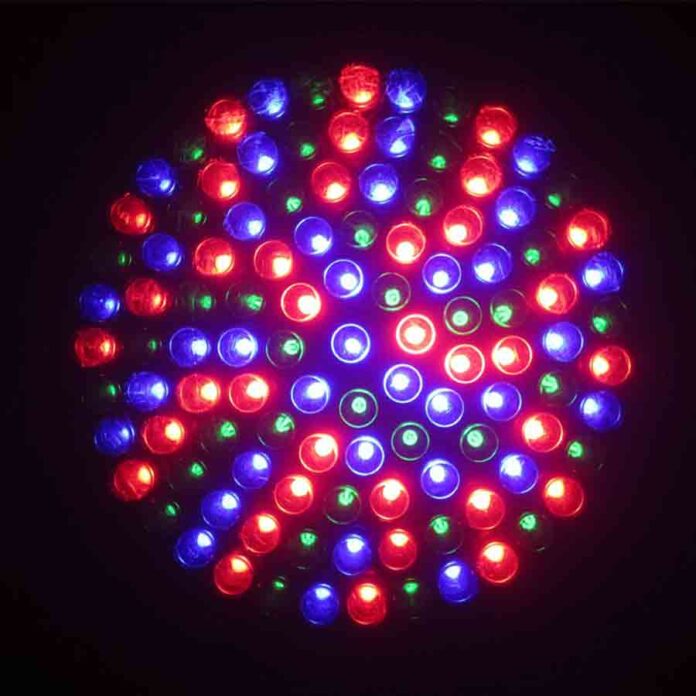Potential LED Health Risks
 A recent report requested by the European Commission assessed the potential health hazards LEDs have on the general population. This provisional report examined multiple segments of the population to discuss the possibility of LEDs causing harm to vulnerable and susceptible populations such as children, adolescents, and the elderly. The report also examines the effects on skin optic fundamentals, eye health, and the penetration of LED lights on the skin. Examining temporal light modulation (flicker), and its potential effects on each segment was a fundamental concern in this report.
A recent report requested by the European Commission assessed the potential health hazards LEDs have on the general population. This provisional report examined multiple segments of the population to discuss the possibility of LEDs causing harm to vulnerable and susceptible populations such as children, adolescents, and the elderly. The report also examines the effects on skin optic fundamentals, eye health, and the penetration of LED lights on the skin. Examining temporal light modulation (flicker), and its potential effects on each segment was a fundamental concern in this report.
This provisional report—carried out by the scientific committee on health, environmental, and emerging risks (SCHEER)—suggests that eyes and skin are the most susceptible to the effects of LEDs. However, the exposure to optical radiation from LEDs is insignificant compared to other light sources, including natural lighting. In order to provide accurate results, all exposure variables were taken into account and tested. Irradiance, radiance, and exposure duration were significant variables in this study, which allowed researchers to carry out detailed reporting. Intensity of the LEDs, general exposure duration, specified exposure duration to skin and eyes, and direct staring vs. active eye movement were all considered. These variables accounted for a significant part of the results reported by SCHEER.
LED Health Effects on the General Population
In general, very few studies have been carried out regarding LED health hazards, and, because LED technology is continually advancing, it is difficult to provide a definite conclusion on any adverse health effects caused by LEDs. It is commonly known that throughout the progression and success of LEDs, concerns have been raised regarding the potential health effects on the general population. The most common concerns raised were regarding long-term vision effects, optical discomfort, and disruptions to circadian rhythms.
SCHEER reported that a major concern was for children below the age of three, who are often exposed to high-luminance LEDs from electronic toys and screens. They noted that the European standard for toys with LED emissions can induce photochemical retinopathy (damage to the eyes retina). Another concern included the use of LEDs in virtual-reality headsets due to the proximity of the screen to the users’ eyes. However, this report found that the luminance in these cases was too low to cause any adverse health effects. The report also stated that, although LEDs can be distracting in some forms (e.g., car lighting, specific colors), distraction, dazzle, and glare effects do not result in direct harm to your vision.
LEDs Are Safe
In addition to possible effects on the eyes, concerns were raised regarding the effects LEDs have on our skin. This report briefly touches on the possibility of LEDs causing harm by penetrating the skin beyond its intended depth, however, no formal research has been published to confirm this theory.
SCHEER acknowledges that the scientific research currently available does not provide enough evidence to prove that LEDs cause adverse effects to skin and eyes when the “total exposure is below the international agreed exposure limits (ICNIRP).” There was little evidence to suggest that disruption to sleeping patterns after using an LED screen was a direct result of exposure to the light; the disruptions could have been due to the kind of mental activity required to use and engage with the device. In addition, SCHEER reported that, when compared to other light source technologies, there was no evidence to suggest LED lamps cause photosensitivity. However, unlike other light sources, LEDs do not emit much ultraviolet radiation, which may actually reduce the risk of photosensitivity.
This preliminary report states that LEDs cannot be proven to cause direct, adverse health effects to the general, healthy population. It notes that discomfort and glare can be temporary consequences of LEDs but are not of major concern. The effects, thresholds, and damage mechanisms do vary from person to person. SCHEER suggests that more formal research is required to establish how LEDs can positively or negatively affect the general population.



